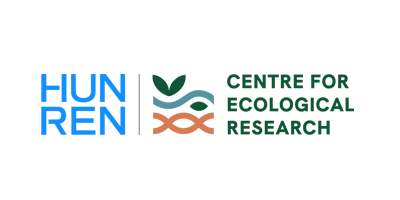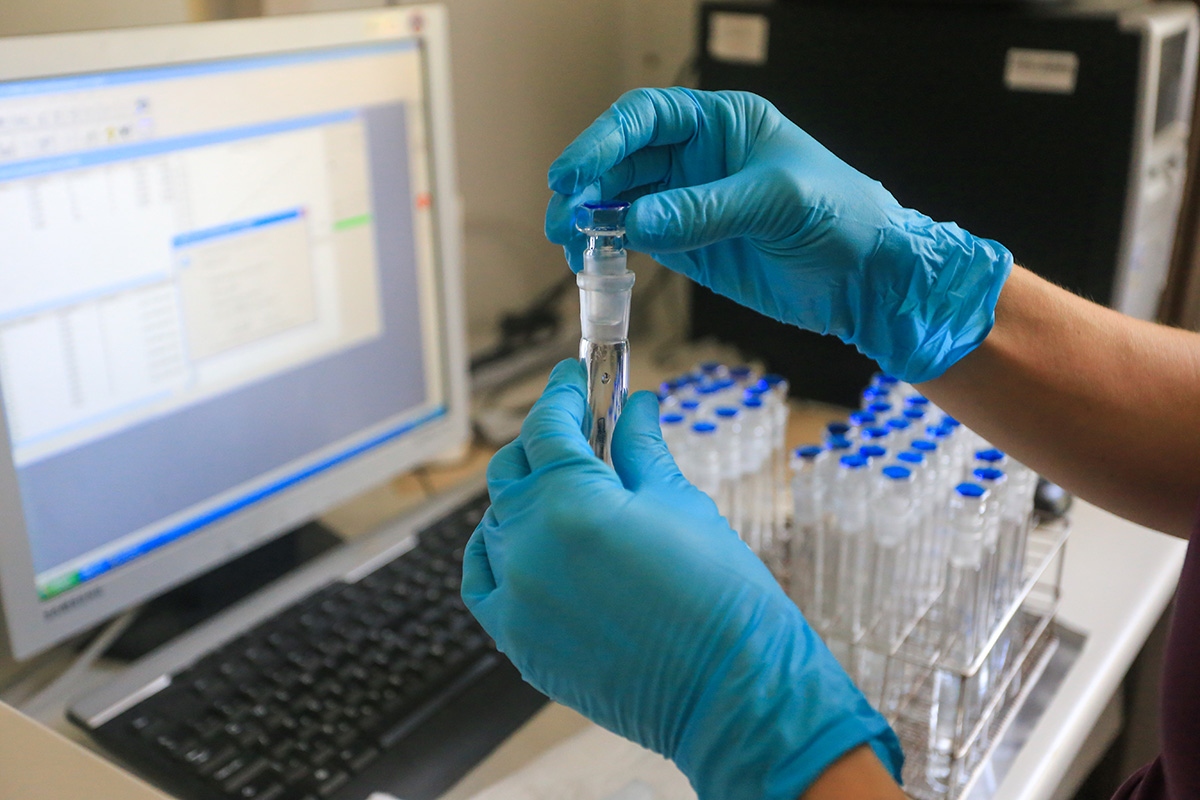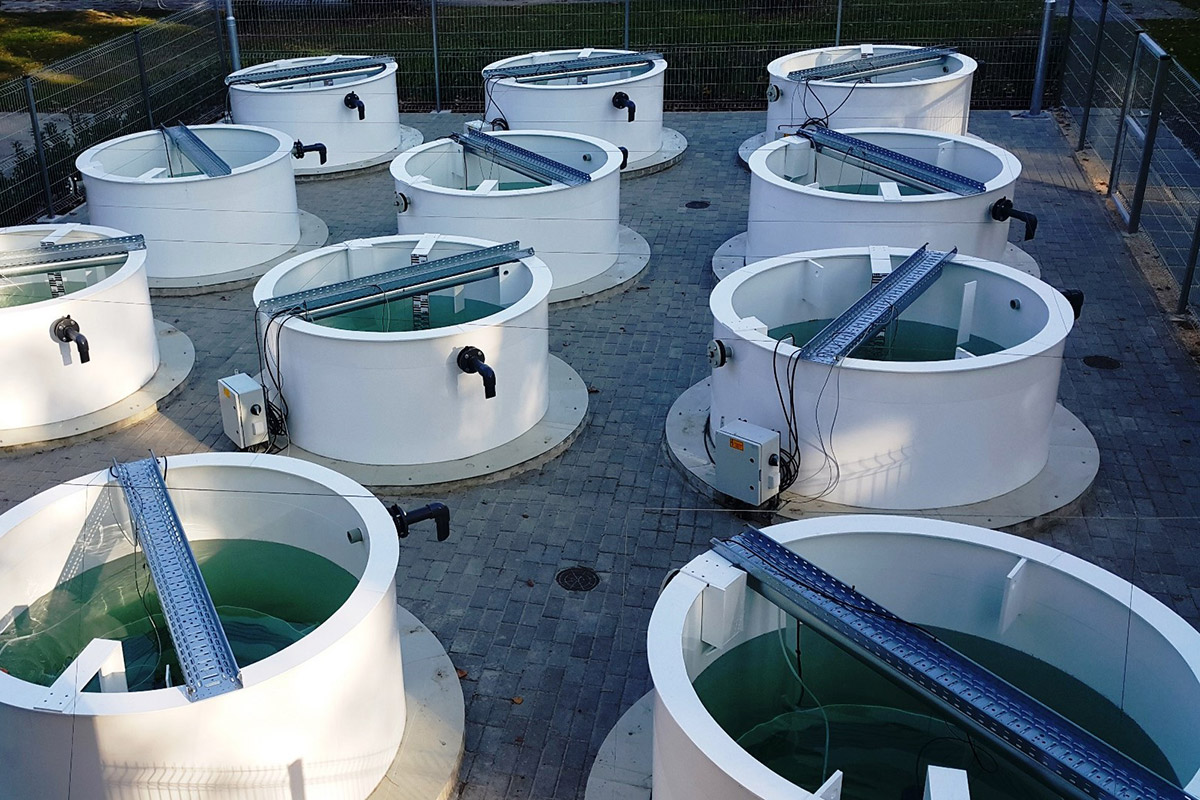Project leader:
Specziár, András
Participating researchers:
Balogh, Csilla; Bernát, Gábor; Boros, Gergely; Erős, Tibor; Felpécziné Farkas, Anna; Gál, Blanka Alexandra; Győri, János; Lanszki, József; Mészáros, Boglárka; Mozsár, Attila; Novák, Zoltán; Pirger, Zsolt; Preiszner, Bálint; Schmera, Dénes; Serfőző, Zoltán; Somogyi, Boglárka; Szivák, Ildikó; Takács, Péter; Tapolczai, Kálmán; Horváth, Hajnalka; Kovács, Attila Pál; Krassován, Krisztina; László, Zita; Maroskövi, Beáta; Nagyné Fekete, Zsuzsanna; Németh, Balázs; Szabó, TímeaThe spreading of invasive species causes serious problems in native ecosystems worldwide, and unfortunately also in Lake Balaton and its catchment area. In the last 100-150 years, several non-native species have been introduced and immigrated spontaneously into the area Lake Balaton, some of which have established abundant populations and significantly affect the functioning of the ecosystem and the living conditions of native species. The intense human presence and land-use – e.g., residential and recreational areas, agriculture and fish farming – also has a serious impact on the ecosystem of the lake and its surroundings. Further consequence of human activities includes releasing of polluting substances into the environment, which can enter and impact natural areas as well.
The value of Lake Balaton and its surrounding landscape for us is basically based on the “ecosystem services” provided by the natural environment, for example, the beauty of the landscape, the possibility of bathing and sailing in a clean lake water, the excitement of fishing, a clean water base, the natural removal of pollutants and shaping of the microclimate. The availability of all these attractive values depends on the status of the ecosystem.
In this project, we therefore aim to investigate the distribution and ecological effects of invasive aquatic organisms in Lake Balaton and its catchment area, as well as the drivers and possible counter actions of invasions. We also examine how the different land-use activities influence biodiversity, ecosystem functioning and stability, and “ecosystem services” provided by Lake Balaton.
Specific objectives of the project
- Exploration of the causes of occasional algal blooms and drivers of the primary production: assessment of the composition of the phytoplankton and phytobenthos in Lake Balaton using microscopic and molecular biological methods; examination of factors affecting the nutrient turnover of planktonic and benthic primary production; exploration of factors promoting the mass production of algae; analysis of physical and chemical characteristics of the sediment; examination of organic carbon content and “respiration” of the sediment; assessment of phosphorus turnover of the sediment; evaluation of the role of sediment-dwelling algae on the nutrient turnover. The role of allochthonous organic matter in the nutrient cycle of Lake Balaton: investigation of the bioavailability of organic carbon and the role of the UV radiation using mesocosm experiments.
- Distribution and competitive advantage of invasive mussel species: assessment of the abundance and biomass of Dreissena species and analysis of their long-term patterns in Lake Balaton; examination of intraspecific and interspecific competition of Dreissena species under different environmental conditions in field and laboratory experiments; laboratory testing of the performance of Dreissena species under different sediment types and extreme environmental conditions (hypoxia, high temperature); assessment of post-mortem nutrient release of Dreissena species.
- The effect of land-use on the composition, diversity and functioning of macroscopic invertebrate communities: comparison of the functional structure of macroscopic invertebrate assemblages between natural reed, and artificial riprap and harbour habitats in Lake Balaton; taxonomical and functional analysis of invertebrate assemblages of natural, urban and fishpond effected stream sections in the catchment area; analysis of the relationship between human impact (land-use) and functional diversity.
- The impact of land-use and invasive fish species on the organization and functioning of fish communities: investigation of the assemblage structure of fish communities, habitat use of alien and native fish species in Lake Balaton, Kis-Balaton and streams in the catchment area; examination of the trophic organization of the fish community of Lake Balaton using stable isotopes; investigation of the feeding ecology of the invasive black bullhead by laboratory experiments; population genetic analysis of invasive littoral fish species (pumpkinseed sunfish, monkey goby) in Lake Balaton.
- Effect of the urban areas on the distribution, morphology and health status of the dice snake.
- Habitat use, food and health status of the otter in the catchment area of Lake Balaton: mapping the current occurrence, analysis of the long-term distribution pattern and the effect of human land-use, habitat classification; food analysis from faeces, using DNA and stable isotope-based techniques – investigation of the role of non-native/invasive species in the diet; post mortem ecotoxicological and health studies.
- Spatial and temporal assessment of anthropogenic chemical pollutants (e.g. drug residues, UV filtering compounds) in Lake Balaton and its catchment area.
- Investigation of the effect of anthropogenic chemical factors occurring in the drainage area of Lake Balaton on aquatic invertebrate test organisms: identification of individual, cellular and molecular level effects on aquatic organisms; examination of the accumulation of active substances; identification of new marker molecules that indicate stress effects in invertebrates; modelling the ecological effects of UV filter compounds from sunscreens on aquatic organisms in mesocosm experimental systems.
- Long-term analysis of the ecosystem services and their anthropogenic and environmental drivers in Lake Balaton.
BLKI Kutatások




